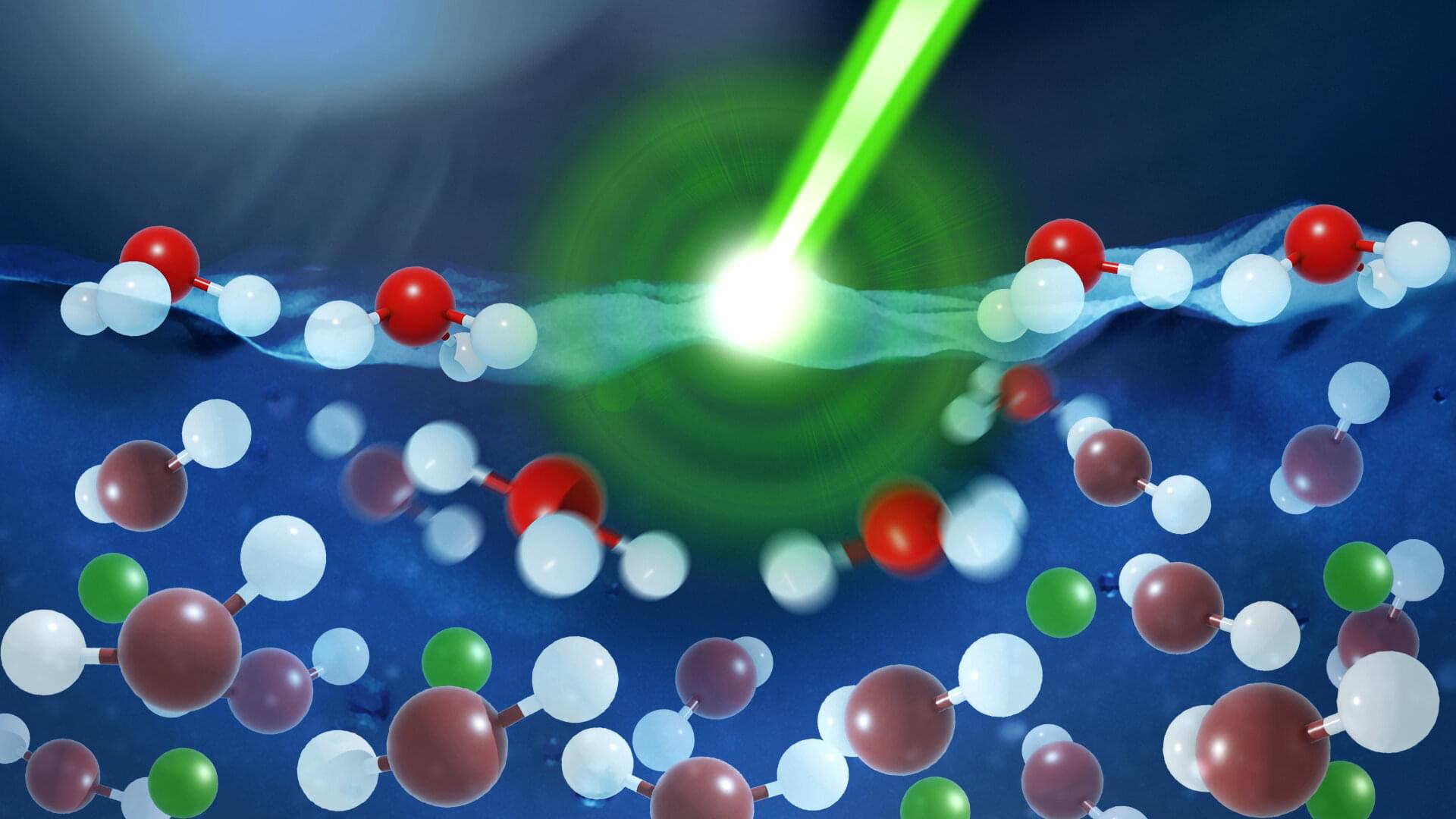Charged surfaces in contact with liquids—such as biological cell walls or battery electrodes—attract oppositely charged ions from the liquid. This creates two distinct charged regions: the surface itself and a counter-charged region in the liquid: the so-called electrical double layer. While pivotal to energy storage devices, the speed of its formation has remained elusive.
A team of researchers has now developed a light-based technique to observe this ultrafast process. The results validate previous models and extend their applicability to diverse systems, from biological membranes to next-generation energy storage devices.
The work is published in the journal Science.
